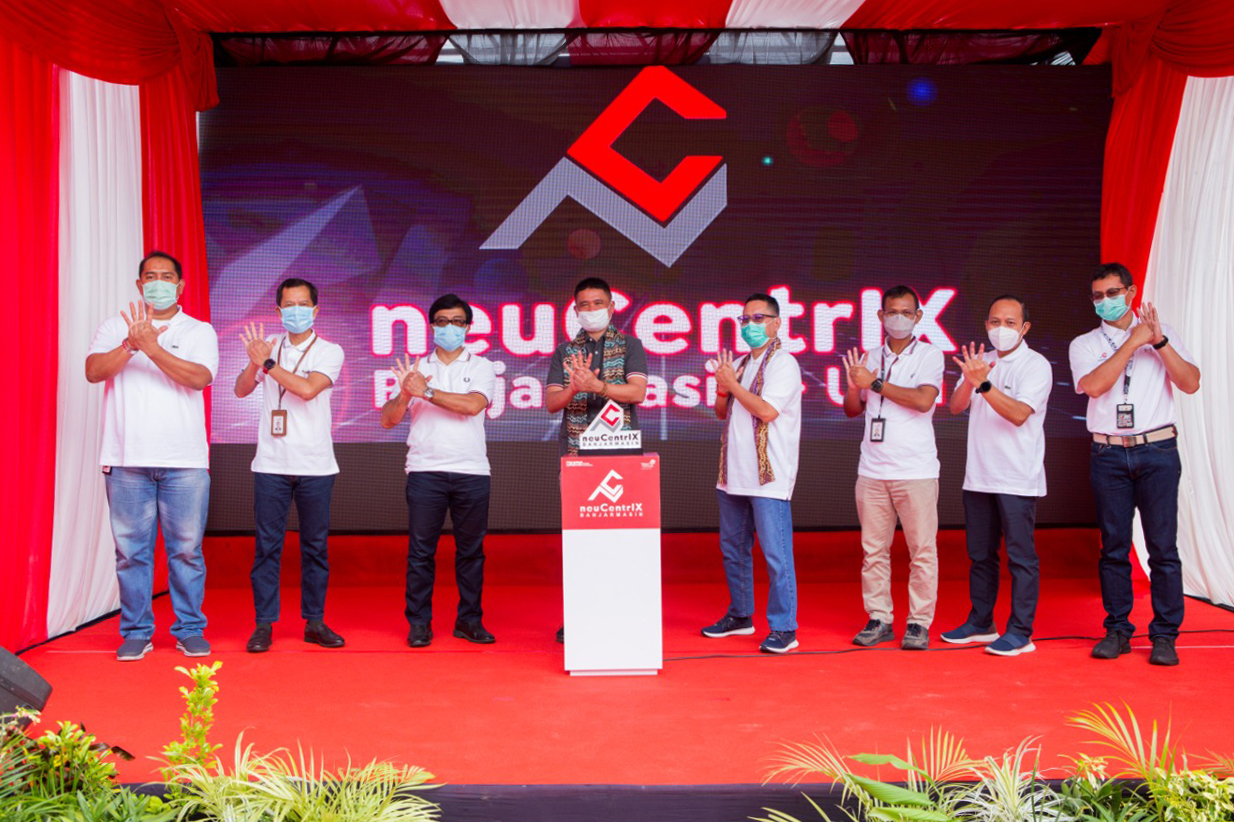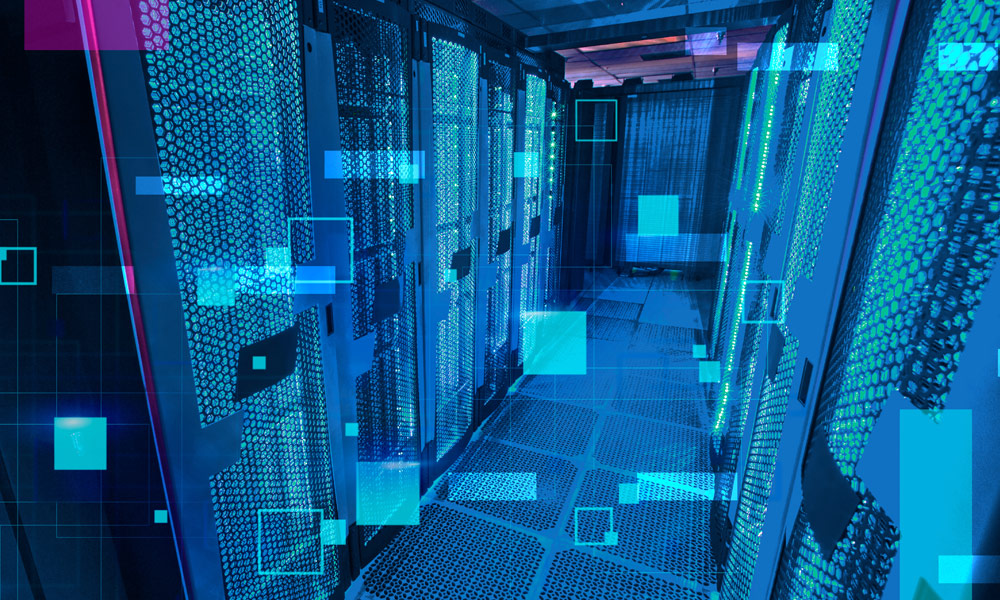Data Modernization: Driving Your Business Agility with The Cloud

As more organizations are migrating to the cloud, data modernization has been gaining more attention. If your current database systems can no longer support you in staying relevant — delivering superior customer experiences, creating new revenue streams, and making up-to-date, strategic decisions, you need an upgrade in the form of data modernization.
What is data modernization?
Data modernization essentially means moving your data from legacy databases to cloud-based databases. In this day and age, legacy database systems are no longer efficient due to their siloed nature. Meanwhile, a cloud-based data platform has the capabilities to provide you with various things a legacy system cannot — efficient data migration, speedy data processing, scalable storage, interactive near real-time analytics, etc. Migrating your data to the cloud frees you from the inefficiencies, bottlenecks, and unnecessary complexities of legacy systems, allowing you to be agile.
How is data modernization done?
We have compiled the key stages to a successful data modernization. There are five stages.
Stage 1: Planning
Planning is a necessary stage in the data modernization process. In this stage, you need to do several key actions — assessing your data issues and objectives; assessing your current data state and architecture; and defining your strategy and roadmap based on your findings.
Stage 2: Migration
The second stage is data migration. This is the stage where you end your reliance on your legacy systems by moving your database solutions to a cloud environment.
Stage 3: Data and Application Modernization
Once your data is in the cloud, the next stage is to modernize the data and applications. Modernization enables a range of features and capabilities that on-premise legacy systems can’t provide — real-time digital collaboration on content creation, more accessible data sharing, the ability to implement DevOps, etc.
Stage 4: Analytics Modernization
A major benefit you can get from data modernization is the ability to gain more meaningful insights from your data. Modern analytics allows you to gain a 360-degree view of your customers, identify previously undetected trends or behaviors, and make more informed business decisions.
Stage 5: AI and Machine Learning-Based Innovation
AI and Machine Learning can help you solve a wide range of business challenges, such as supply chain optimization, demand prediction, and waste reduction. You can also use AI/ML to learn more about your customers — build customer profiles and predict customer behavior — and get marketing recommendations based on the profiles and predictions.
Why is data modernization important?
There are three main reasons why you should prioritize data modernization.
1. Data Visibility
Oftentimes, complex and outdated database architecture makes it difficult for organizations to locate information when they need it the most. The modernization process is the time for you to conduct an audit of where your sensitive and critical information is located and decide how the data should be managed in a new environment.
2. Access Control
In legacy systems, data security management can be challenging due to its siloed and disconnected nature. Cloud environments allow you to rethink how your confidential assets and sensitive data should be accessed and identify who should be permitted to do so.
3. Flexibility
Legacy systems weren’t designed to connect with one another, so data sharing and processing must be done physically. It can be time-consuming and inefficient. Migrating your data to modern databases allows you to create a versatile framework that ensures you’re maximizing the potential of your data.
To keep your business agile and relevant, you should continue to evolve your data architecture and look to industry and technology trends. That’s why data modernization should be one of your top priorities in your digital transformation journey.

















